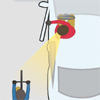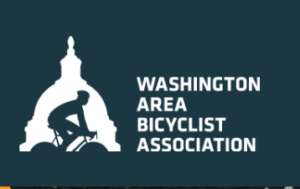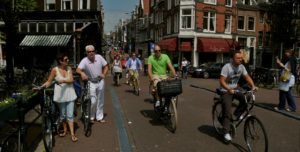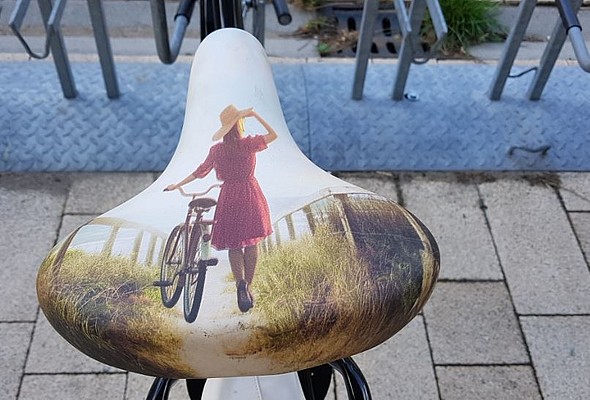The Chronicle's Lingua Franca Post on Dutch Reach Coinage
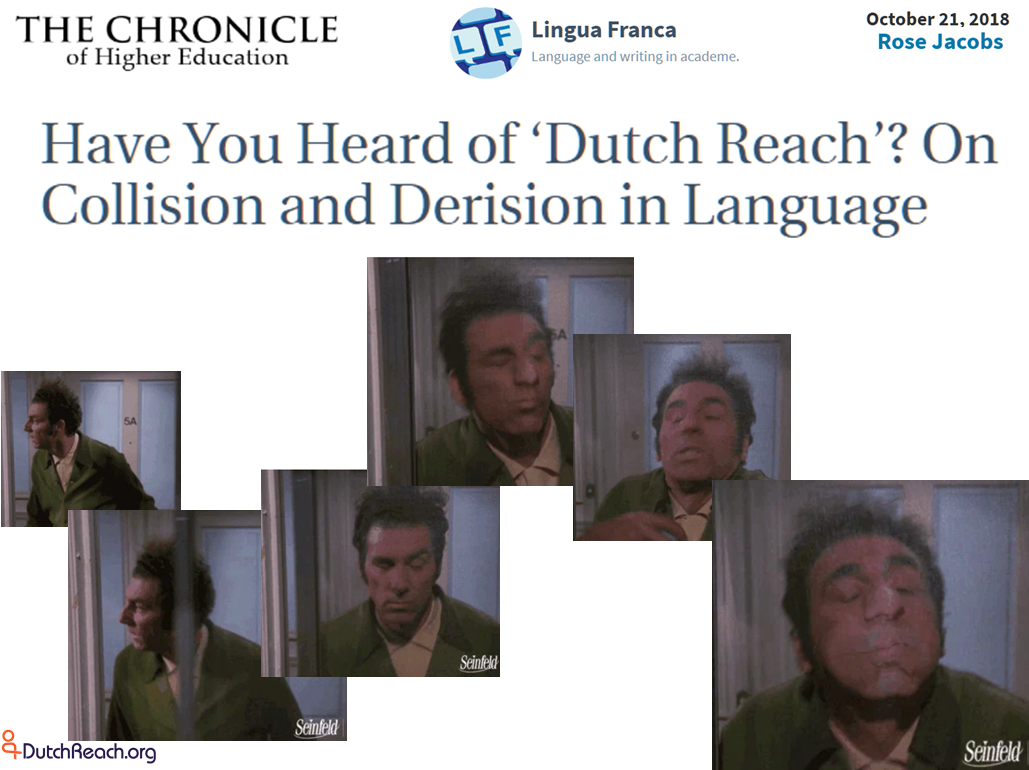
Have You Heard of 'Dutch Reach'? On Collision and Derision in Language, by Rose Jacobs, Lingua Franca Blog, The Chronicle of Higher Education, 21 Oct 2018. Click image to read.
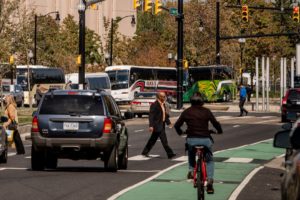
ATP Blog - Maggie Awad
Why You Should Care About Other Modes Now
Maggie Awad, Arlington Transportation Partners
February 15, 2017
"The vast difference in driver education and biking/pedestrian education is what causes this rift between modes.
And the sad reality of it all, is that you’re not likely to care about another mode (especially if you don’t use it yourself), until someone you know is injured or worse. The ironic part of it all is that BFF refuses to ride a bike on the road because she’s scared, but that’s something as a community we can change.
So What Can We Do? ..."
PaperBlog.Fr - Le Dutch Reach
Le Dutch-Reach ou comment évitee blesser un deux roues en ouvrant votre portière de voiture
Mettez le mot "Néerlandais" devant n'importe quoi et en un clin d'œil, c'est mieux. ...Et il s'avère qu'une pratique de sécurité routière aux Pays-Bas, connue sous le nom de "Dutch Reach", est en phase avec cette tendance. 11 octobre 2018,

Socioblogie Magazine (The Netherlands)
column Socioblogie - tekst Roy Kemmers, December 2016
Tussen verschillende deuren
De Britse minister van Transport 'deurde' onlangs een fietser (link is external). Lees in onderstaande column (ook als PdF te bekijken) van redacteur Roy Kemmers meer over fietscultuur.
En over waarom cultuur hard kan zijn als een autodeur. De column verscheen in Sociologie Magazine nr 4 / 2016: p. 17 onder de titel 'Tussen verschillende deuren'
ngebakken
Blog en podcast 99% Invisible besteedde daarom aandacht aan Michael Charney, die een eenvoudige oplossing vond voor het autodeuren-probleem: The Dutch Reach. In Nederland leren we tijdens de rijlessen al decennialang om het portier te openen met de rechterhand, waardoor we automatisch over de linkerschouder kijken en fietsers dus eerder zien. Het zit er bij generaties aan autorijders als vaste gewoonte ingebakken. Charney probeert nu met deze kosteloze – maar waardevolle – cultuurverandering in het Amerikaanse rijvaardigheidscurriculum om structureel de fietsveiligheid te verbeteren.
Click for complete article as PDF. Or here as webpage.
column Socioblogie - by Roy Kemmers, December 2016
Between different doors
British Transport Minister 'deurde "recently a cyclist (external link) . Read below in column (even if Download view) of editor Roy Kemmers more about bike culture.
And why culture can be hard as a car door. The column appeared in Sociology Magazine No. 4/2016: p. 17 under the title "Between several doors'
Go here for complete article as webpage. For English translation, use if in Chrome use Google translation function, upper right; Bing also provides instant online translation.]
Doug Smith, Washington Area Bicycle Assn
Dutch Reach
DO YOU KNOW HOW TO SAFELY OPEN A CAR DOOR?
February 1, 2017 | Doug Smith
So, you’ve parked your car. You’ve unbuckled your seatbelt. You’ve taken the key out of the ignition (or pushed the button, or waved a magic wand, or whatever).
Now, which hand do you use to open your car door? More...
.
Sam Jones, We Are Cycling UK
I’m going to ask a bit of a personal question: do you do the Dutch Reach? If not, why not?
Livable Streets - A Dutch Reach Project Overview
Livable Streets - Blog
REACH, TURN, LOOK, LIVE: THE DUTCH REACH CAMPAIGN
DEC 06, 2017
BY STEVEN MILLER
Dutch Reach -Blog Post, CESAM, Rotterdam
Dutch Reach
Avoiding accidents - Co-creating safety
by Ilona Suojanen
Centre of Excellence in Public Safety Management (CESAM)
Rotterdam School of Management, Erasmus University Rotterdam
1 October 2018
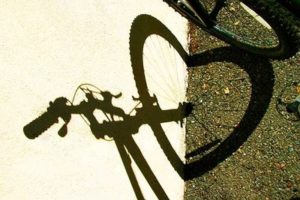
A selection of unique writings which find meaning and importance in the Dutch Reach method beyond or perhaps because of its simple decency and wisdom.
Please recommend others.
Demain La Ville: L’art d’ouvrir sa portière, et Le sens des responsabilités
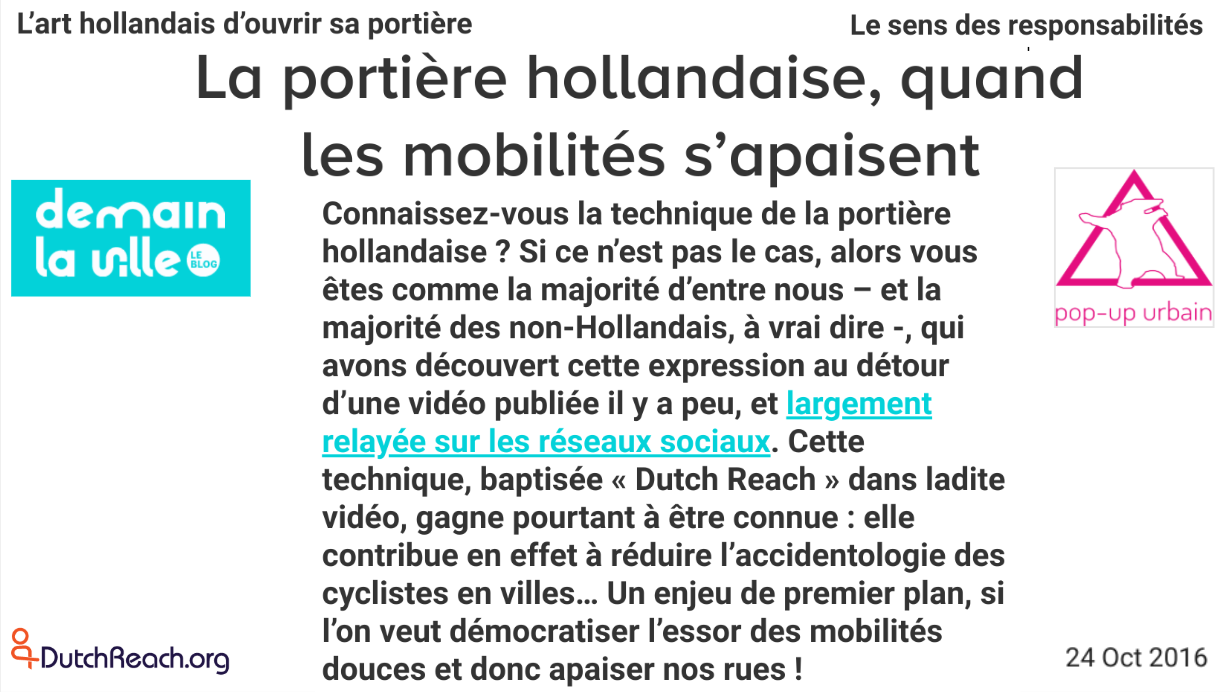
La portière hollandaise, quand les mobilités s’apaisent, Demain la Ville, Pop-Up Urbain, Bouygues Immobilier, France, 4 Oct 2016.
Domain La Ville: Vivre la ville -- [pop-up] urbain
Domain de ville, [pop-up] urbain -- Bouygues Immobilier, France
Translation here below, by Google Chrome (use icon in upper right near end of URL box)
The Dutch door, when mobilities subside
24 Oct 2016
Do you know the technique of the Dutch door? If not, then you are like the majority of us - and the majority of non-Dutchers, to tell the truth - who discovered this expression in the bend of a video recently released, And widely relayed on social networks . This technique, known as "Dutch Reach" in the video, is gaining popularity: it contributes to reducing the accidents of cyclists in cities ... A major challenge, if we want to democratize the rise of soft mobility And so appease our streets!

Credits: "traffic" - cc Sheila Tostes
Dutch art to open its door
But let's start at the beginning: what is the Dutch Reach, exactly? Behind this rather cryptic christening name is actually a simple but not simplistic trick: instead of opening the door of a car with the left hand, as is customary in the majority of the countries of the World, the Dutch driver is invited to open it with the right hand. In doing so, he forces his body to turn in the direction of the road, allowing him if necessary to see a cyclist arrive ... and thus to prevent him from hitting the door. To better understand this gesture as basic as effective, nothing is worth a video: [To view, Go back to French original above - click picture/link]
For those who have already ridden a bicycle in an unattractive metropolis for cyclists, the gesture is more than salutary. According to the video, the gesture would be taught in a majority of driving schools in the Netherlands, but also in Sweden, Denmark or Germany according to various Internet users having commented on it. But after all, it does not matter whether it is a Dutch movement or not: the important thing here is its effectiveness in reducing risk, but also in the symbolism it transmits ...
The sense of responsibilities
Indeed, this simple gesture carries in him a change of mentality not inconsiderable, which one could summarize to the following message: it is not only the cyclist to pay attention to what is in front of him (and this is particularly difficult In the case of a door opening without it being possible to anticipate it), but also to the driver of which it is well known that he will forget to look at the rear-view mirror if he is distracted or in too much of a hurry. In other words, the motorist remains responsible for the safety of the users who surround him , even when his car is at a standstill, and that he is no longer properly a "driver" ...
On paper, of course, this is obvious. In reality, however, the observation is more nuanced. As we know, automobile culture was also built in a culture of superiority over other modes, and many motorists forget that they share the street with other users. Obviously, it is not a matter of making the motorist the " scapegoat of road safety ", as certain lobbyists of the sector like to say, but simply to recall a logic of fact: in the matter of accidentology , Cars and soft modes do not play on equal terms!
In the passenger compartment of a car, a motorist will always take less risks than a pedestrian, a cyclist, a skateboarder or a user on hoverboard and other bizarre modes . In this context, the Dutch door technology reminds motorists of their responsibilities vis-à-vis other modes ... without disregarding the other users, who must keep an eye open to avoid door.
Lastly, the city appeased?
In fact, this debate on the sharing of responsibilities between vehicles and soft modes is nothing new, and the fact that in 2016 we "discover" this multi-year technique speaks volumes about the prevalence of our habits In terms of road safety. However, the hour is no longer a matter of trial and error. As cycling becomes more democratic in cities around the world, there is an increasing number of frictions between cyclists and motorists. The latter reproach the former for their imprudence, even though studies show that it is less involved than the lack of attention of the drivers themselves.
From then on, a dangerous misunderstanding is all to be put on the guilt of cyclists (who would be considered too unconcerned with the rules of the road), and to rest on their shoulders the majority of injunctions to be watched. For example, the recurring debate about the obligation to wear helmets for cyclists is a real misconception of road safety . Despite the progress of the bike, it still seems necessary to remember that a cyclist on the street is a particularly vulnerable city dweller, even though he would have some responsibility in some risk-taking. To do this, we must not stop reminding drivers of the danger they can represent, even through an innocent opening of the door.
The usual communication campaigns, however successful they may be, have only a limited effect on behavior. In reality, what could be more effective than inscribing this change of behavior into the most basic gestures, those which are repeated every day and which engrave in the marble a new division of responsibilities in the city? This is what the "Dutch reach" offers, and it is only to see the success of the Dutch bike to convince itself of its potential effectiveness. This is a gesture that literally costs nothing to anyone, and that could help to permanently soothe our roads in the absence of bike paths. So why not spread the message to future drivers?
From & by: Domain de ville, pop-up urbain -- Bouygues Immobilier
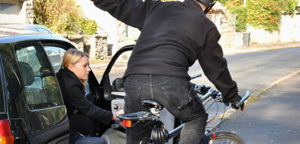
Restoring Hope: The Shalem Blog - Anne Martin
The Dutch Reach: Positioning Yourself to Avoid Creating Harm
Author: Ann Martin, 30 November, 2016
Shalem - Ontario, Ca
